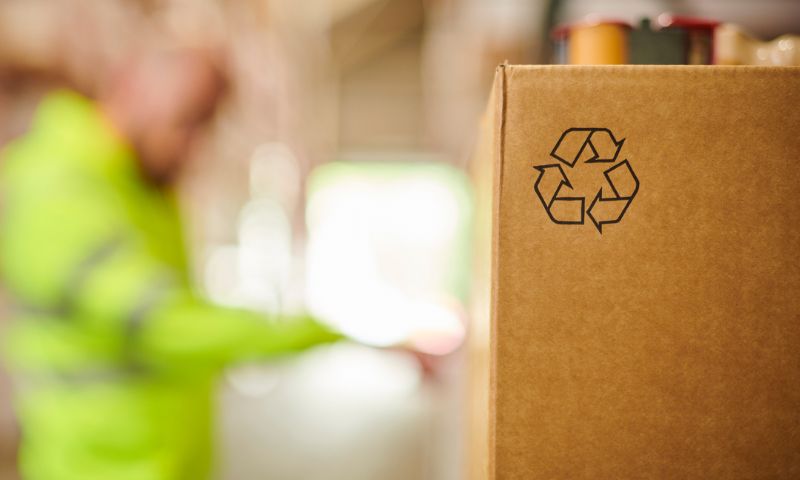From 66 million tons in 2009 to 78.5 million tons in 2019. The packaging industry is one of the top users of primary raw materials, accounting for 40% of all plastics and 50% of all paper products across the European Union (EU). More importantly, 36% of it will end up in municipal waste1.
Currently, each of the EU’s 27 Member States has its own separate approach to the challenge. Things like varying labeling requirements, definitions of recyclable and reusable packaging, or differing approaches to extended producer responsibility fees create a patchwork of rules that are difficult to navigate for companies across all industries.
With all that in mind, the EU’s ambition is to reduce the environmental impact of packaging, which it intends to do so by proposing new legislation. Follow along as we investigate what the European Commission (EC) is recommending and what this might mean for the packaging industry.
A comprehensive approach to harmonizing the rules
The proposed regulation aims to reduce the negative environmental impact of packaging and packaging waste by limiting its amount, promoting a circular economy, as well as fostering the use of recycled content in packaging. It considers the entire life cycle of packaging from its eco-design through the end-of-life phase. When enacted, it will apply to all packaging placed on the market in the European Union and to all packaging waste, regardless of the type of packaging or the material used. At its core, the proposal champions the stepwise approach focused on increasing the requirements and obligations gradually to allow time for both private and public stakeholders to undergo the necessary adjustments. The European Commission intends to harmonize the rules through a regulation which means that the obligations are implemented at the same time and in the same way in all 27 Member States.
New, far-reaching rules
The EU proposal introduces a range of new measures with the aim to have all packaging recyclable or reusable by 2030. Besides containing common definitions of, for instance, “e-commerce packaging”, the draft regulation lays down provisions on packaging sustainability and establishes design for recycling criteria. The EU hopes that the new recycling and reuse targets will help boosting recycling, especially of plastic packaging. Among others, the European Commission foresees that all plastic packaging used in the EU market must “contain a certain minimum amount of recycled content recovered from post-consumer plastic waste” as of January 2030. This includes a 35% threshold for transport packaging (65% as of 2040)2.
Under the new proposed rules, reusable transport packaging must be used to ship the goods internally within the same company (or with any affiliated parties) as well as within the same Member States. This includes pallets, foldable plastic boxes, plastic crates, intermediate bulk containers, both rigid and flexible, or drums. Additionally, the EC is setting out a maximum ratio for empty space for transport, grouped, and e-commerce packaging which should not exceed 40%. Finally, the proposal introduces new provisions on minimum requirements for the extended producer responsibility, mandatory deposit return schemes as well as improved labelling system.
